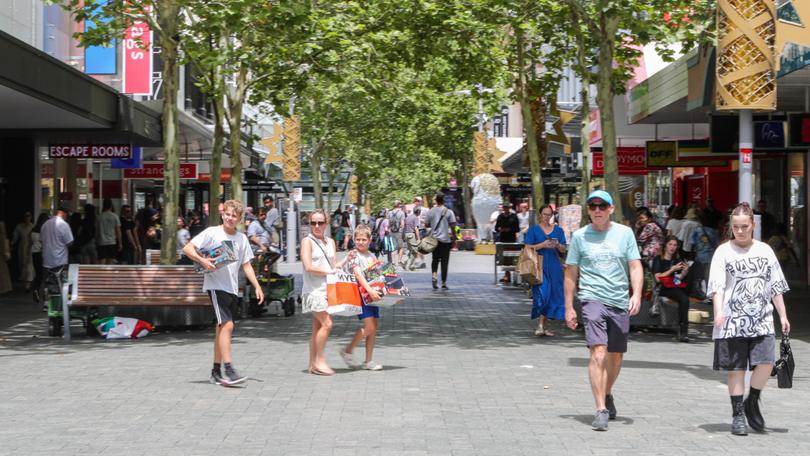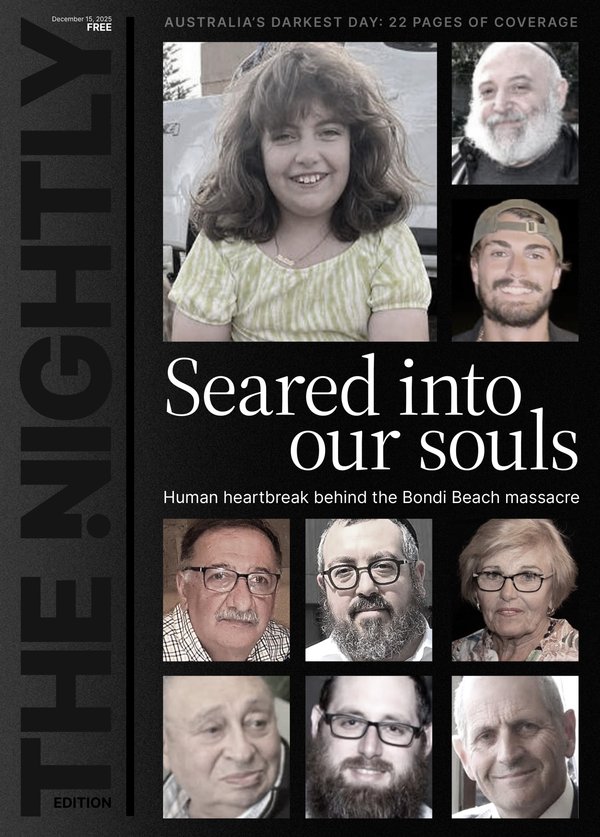Bargain hunters boost retail sales 0.6pc in May amid EOFY promotions

Stronger-than-expected retail sales in May have heightened the risk of another rate hike from the Reserve Bank, economists say, following hot inflation numbers that darkened hopes of a cut this year.
Bargain hunters taking advantage of early end-of-financial-year promotions pushed retail turnover up 0.6 per cent in May, the Australian Bureau of Statistics reported on Wednesday. Many economists had only forecast a rise of 0.3 per cent.
Despite the rise in the seasonally-adjusted figures, underlying spending remains stagnant — with retail turnover flat in trend terms. Compared to last May, trend growth was only up 1.5 per cent despite population growth.
Sign up to The Nightly's newsletters.
Get the first look at the digital newspaper, curated daily stories and breaking headlines delivered to your inbox.
By continuing you agree to our Terms and Privacy Policy.The small jump in May — which followed a 0.1 per cent rise in April and a 0.4 per cent fall in March — could spell trouble for households if the central bank sees it as adding to inflation pressures.
Minutes from the RBA’s June meeting released on Tuesday showed concerns lingering that inflation would not return to its target range of 2 to 3 per cent fast enough.
AMP chief economist Shane Oliver said the May retail data — along with a suite of other data released by the ABS on Tuesday, including building approvals — was another upside surprise after last week’s larger-than-expected rise in inflation — now at 4 per cent.
“They add to the risk of another hike from the Reserve Bank to rein in demand further and hence inflation,” he said.
UBS economist George Tharenou echoed Mr Oliver’s comments.
“Last week, RBA deputy governor (Andrew Hauser) described retail sales as ‘on the floor’. Hence, today’s May retail sales data is likely an upside surprise compared to the RBA’s forecast,” Mr Tharenou said.
The RBA board next meets on August 5-6 and some economists are already calling the meeting “live” for a possible interest rate hike, to 4.6 per cent.
Turnover in most non-food related industries rose in May — with clothing, footwear and personal accessory retailing posting the biggest increase at 1.6 per cent following two consecutive falls in the prior months.
Commonwealth Bank head of Australian economics Gareth Aird said the data pointed to customers being savvy, cautious and price sensitive.
“The choppiness in the monthly outcomes indicates households are more tactical than usual when determining when to spend on discretionary items,” he said.
“This is rational behaviour from a household sector that is stretched.”
There were strong gains for Victoria, up 1.2 per cent and WA, up 1.3 per cent. New South Wales and South Australia were both down 0.1 per cent.
Westpac senior economist Matthew Hassan said despite a slightly better tone, the May results still pointed to a consumer under intense pressure.
“The July tax cuts should see some reprieve as we move into the second half of the year,” he said.
Food-related spending was mixed — with a rise of 0.7 per cent in food retailing and a 0.1 per cent decline in cafes, restaurants and takeaway food services.
“A small fall in spending in the cafe, food and takeaway sector will compound already very difficult conditions for cafe and restaurant owners,” CreditorWatch chief economist Anneke Thompson said.
“This sector already has the highest rate of business insolvencies, and we expect insolvency rates to continue to rise as long as interest rates remain at their current levels.”

